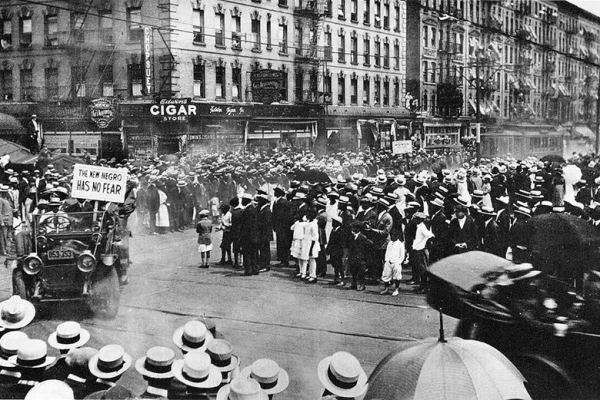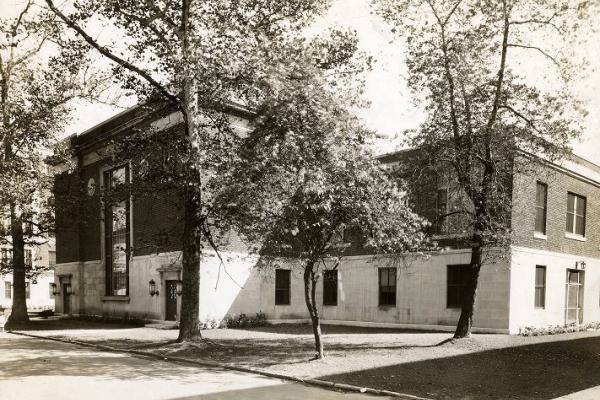Advanced Search
An Italianate house occupied this site at 3905 Spruce St. in the 1850s. Later in the century, it was redesigned and enlarged by Wilson Brothers for the iron merchant Joseph Potts. In 1918, Philadelphia International House purchased the mansion and continued its expansion.
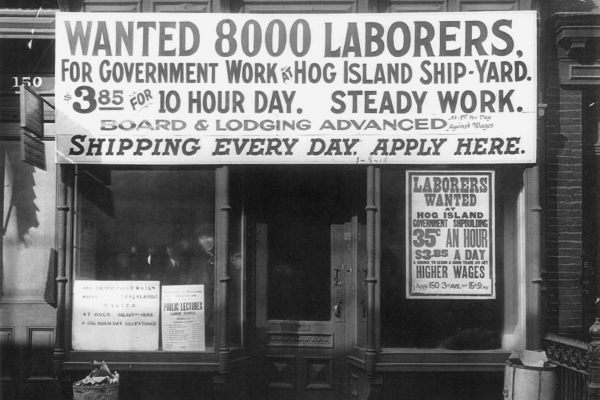
Philadelphia's Hog Island Shipyard recruited workers of all races for the from across the United States.
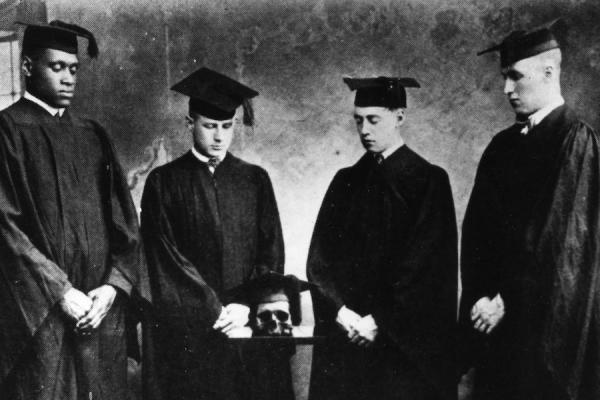
Paul Robeson at his induction into the Cap & Skull honor society. Paul was the only African American at Rutgers College during his time on campus, and only the third ever to attend what was then a private college. He was Class of 1919 Valedictorian; his valedictory address was entitled “The New Idealism.”
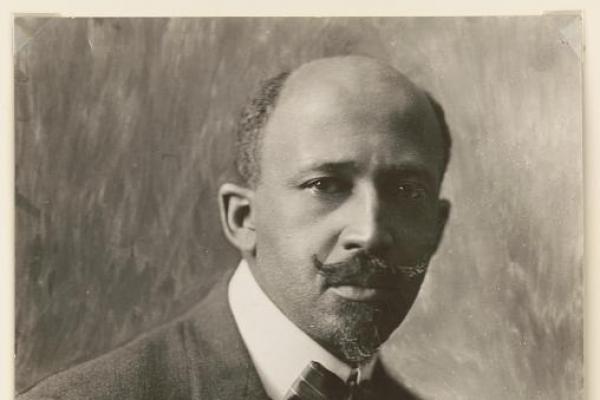
W.E.B. Du Bois, shown here in 1919, published the results of his groundbreaking sociological survey of Philadelphia’s 7th Ward, The Philadelphia Negro, in 1899. Using rigorous sociological measures, Du Bois documented the poverty, poor health, woeful sanitation, and lack of social services experienced by the ward’s majority-African American residents. Providing a persuasive, though at the time little acknowledged, anti-racist refutation of turn-of-the-century stereotypes promoted by Frederick L. Hoffman and other white-coated, so-called objective, social scientists, Du Bois showed that racial discrimination lay at the core of what was called “the Negro Problem.”
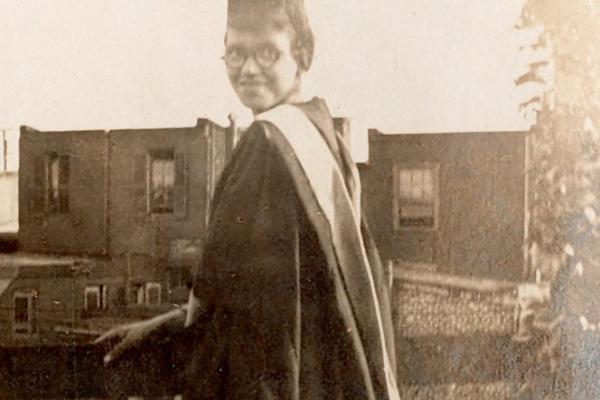
Sadie Tanner Mossell in an academic gown for receiving her Master of Arts degree in Economics.
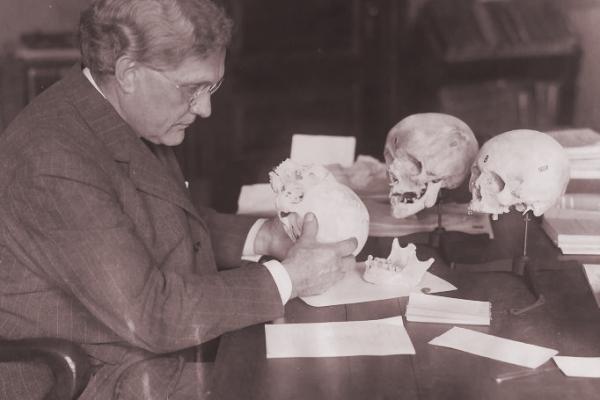
Milton J. Greenman (1866-1937), second director of the Wistar Institute, examining skulls.

A segregated waiting room crowded with travelers at the Jacksonville railroad depot.
A rowdy shantytown, mainly colonized by Irish drifters, spread from the red-clay bluff and depression above the Zoological Park westward south of Girard Ave. This 1922 aerial photo shows the tracks of the Pennsylvania Railroad, which combined with the expanding Parkside neighborhood below Girard to spell the end of Laniganville at the turn of the last century.

Looking north by northeast, this aerial photo from 1922 shows the Philadelphia Zoological Gardens. The Pennsylvania Railroad tracks formed a boomerang around the Zoo.
